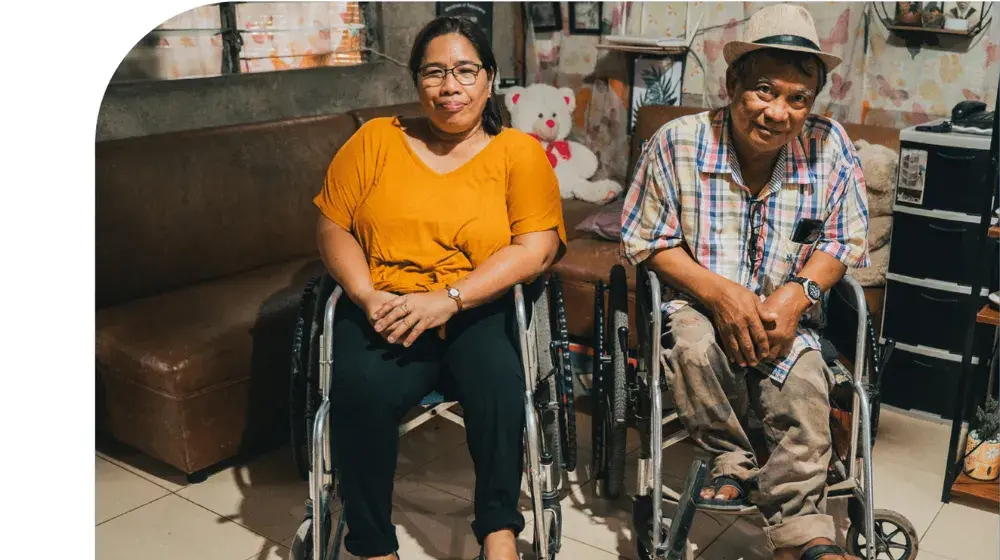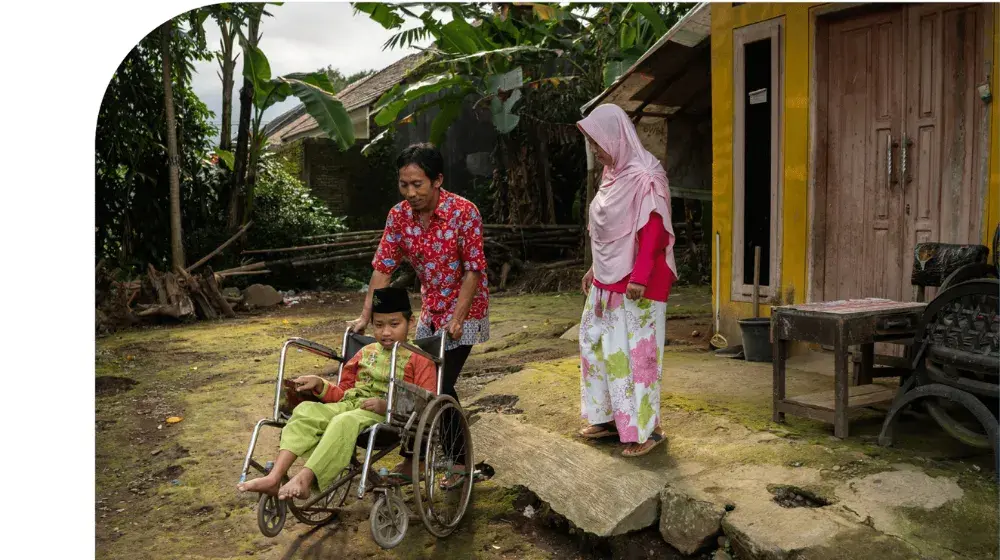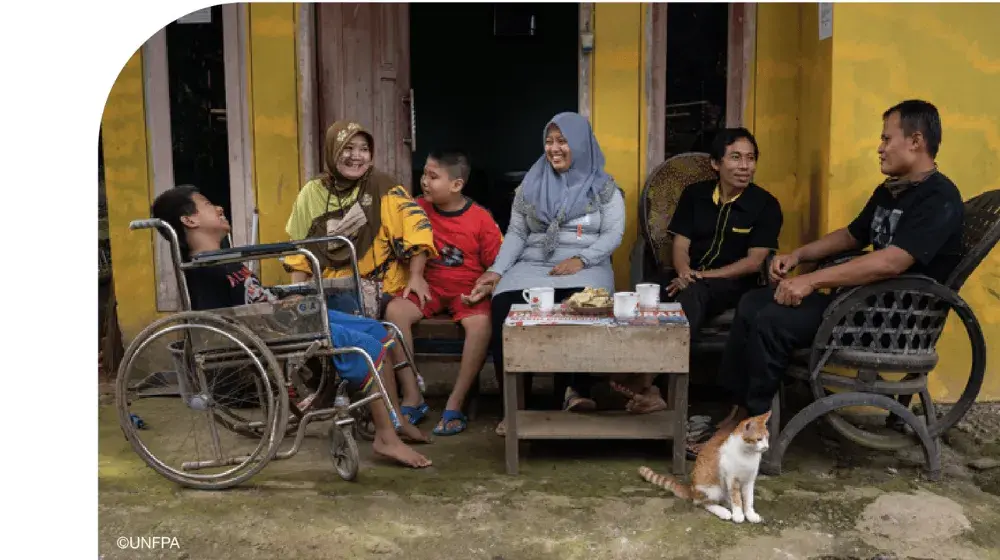Chloe Reynaldo (16) is a UNFPA-supported youth leader and peer educator on sexual and reproductive health and rights from the Philippines
“These past two days were so packed, I can’t imagine it getting any more hectic,” – me, about 24 hours ago.
“I was wrong,” – me, right now.
Day 2 of the Asian Ministerial Conference on Disaster Risk Reduction (AMCDRR), the last official day of the conference before the closing ceremony on Day 3, made sure the event ended with a bang.
While the venue itself was less crowded than it was on Day 1, when Indian Prime Minister, His Excellency Narendra Modi, attended the event for the opening ceremony, the sessions scheduled today kept everyone on their toes and feeling the urgency that comes along with an event of this magnitude.
The agenda was similar to the previous day – a choice between two technical sessions (“Review and Monitoring of Implementation of the Sendai Framework” and “Enabling Governance for Coherence in Disaster Risk Reduction (DRR), Sustainable Development Goals (SDGs) and Climate Change”), a choice between two featured events (“Application of Science and Technology for Prevention of New Risks” and “Regional Cooperation”), and a choice thereafter between the many simultaneous thematic sessions.
We chose to attend the technical session on the Sendai Framework to give us a better idea about how they plan to monitor the progress and achievement of the global targets.
A lot was discussed– developing the indicators, resources required, pledges to be made, cooperation between all involved nations, as well as the difficulties of gathering accurate and useful data and utilizing it. This was a comprehensive event with distinguished panelists, all experts in their respective fields with years of experience and credibility behind them.
It got sort of out of hand when it came to the Q&A/discussion portion. A lot of people attended the event, and when you only allot 15 to 30 minutes of discussion time, not everybody is going to be given the opportunity to speak.
We understood the issue – a featured event was to be held in the same hall directly after – and the need to stick to the time. But many people began to speak without being acknowledged, sometimes simply turning their microphone on and speaking regardless of whether there was already someone talking or not. I could understand their frustration – the few people who got to talk all had important issues to push for and perspectives to offer to the panelists, and I am certain there were more who wished to speak. Sadly, time did not allow it, and the chairperson had to cut the session short in order to make sure the next event could start on time.
Ah, time.
Sadly, time also made it difficult for us to attend the featured event and make it to the thematic session on time. The thematic session we chose to attend was the “Child-Centered Disaster Risk Reduction” session, an issue highly relevant to me as a peer educator. It was essential that we make it to that event on time, so we had to give up being able to participate in a featured event.
The thematic session proved to be worth it – it was amazing to see the perspective and the involvement of youth through the eyes of different people from different nations and groups.
I was proud to see another Filipina on the panel, Marikris de Guzman from the Good Governance Initiative. The panelists touched on the details, challenges, and triumphs of child and youth-centered DRR in their respective countries.
A particularly striking statement was uttered during the session, a quote from a poster-making contest held recently in India – “Know Disaster, No Disaster,” and I believe that quote encompasses the value and importance of disseminating DRR knowledge and empowering people, especially the youth, to aid in this effort.
The day was capped off with the Summary Plenary, in which the efforts of the past three days, including the pre-conference, were summarized, as well as the events in each technical session, for the benefit of those who could not attend.
Hearing the progress and the information shared during these past three days has assured me and all the other attendees that real progress has been made in this, and our inputs and contributions will be used to positively affect the implementation of the Sendai Framework.
The drafting committee, working hard behind the scenes, will have their hands full preparing the final conference documents.
Here ends the official proceedings of the AMCDRR.
With the closing ceremony looming tomorrow, I’m taking the time now to reflect on the learnings I have garnered by attending and would like to reiterate how truly grateful I am for this opportunity.
The involvement and participation of youth that I have seen here emboldens me and assures me that yes, youth are being prioritized and included, and yes, more and more youth will gain the power to affect change.
The presentations at the sessions I have attended give me real hope for the future of DRR, hope that more will be done to protect and preserve every human life during crises, and that more people will become aware of what they can do to protect themselves and others.
If you’ve read my previous blog entry, and chose letter (b) “a regular citizen, maybe a student or an employee,” and you’ve read this far, then congratulations! You are now (c) – a regular citizen with a perspective on one of these special, high-level international events, a higher understanding of what goes on in them, and hopefully a broader outlook not only on DRR, but on what you yourself can contribute to the field itself.
If one 16-year-old like me can disseminate life-saving information and participate in sessions to push for the issues that matter, imagine what a nation, no, a world, full of dedicated and enlightened individuals who understand the importance of DRR can do.
Thank you so much once again for this opportunity, and here’s to a future where every disaster is prepared for, no lives are lost, and every person knows how to keep themselves and others safe whenever disaster strikes.
Cheers!




